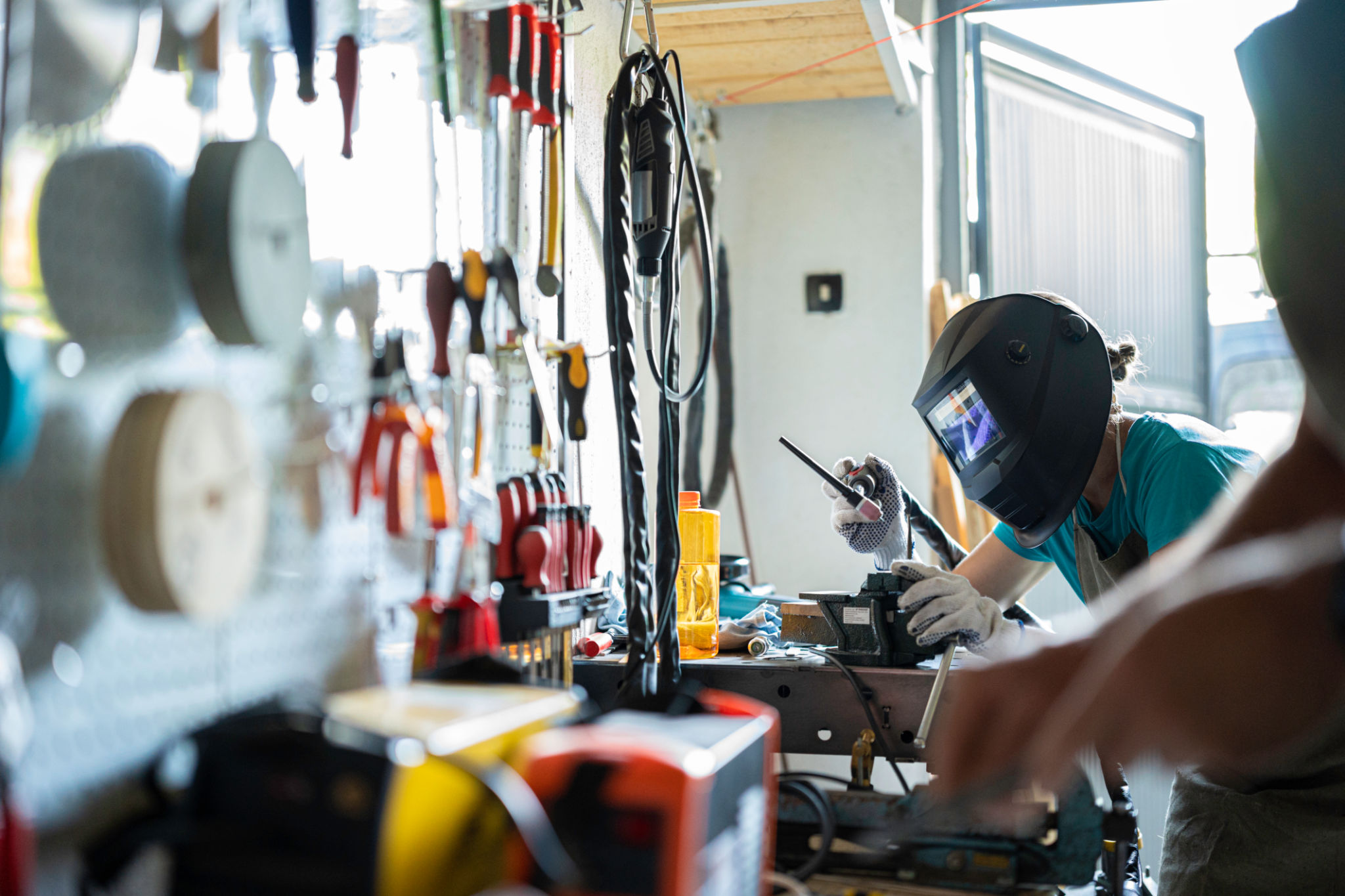Common Myths About Metal Fabrication and Welding Debunked
Understanding Metal Fabrication
Metal fabrication is an essential process in various industries, yet many misconceptions surround it. Often, people associate metal fabrication solely with welding, but it encompasses a broad range of processes such as cutting, bending, and assembling metal structures. Understanding these processes is crucial for appreciating the complexity and skill involved in metal fabrication.

Myth 1: Metal Fabrication is Only for Large-Scale Projects
One common myth is that metal fabrication is exclusively for large, industrial projects. In reality, metal fabrication serves a wide array of applications, from crafting small components for electronics to constructing massive architectural structures. Small businesses and individual clients can also benefit from custom metal fabrication services tailored to their specific needs.
Myth 2: Welding Weakens Metal
Another prevalent misconception is that welding compromises the strength of metal. On the contrary, when done correctly, welding can create strong, durable joints. Skilled welders ensure that the proper techniques and materials are used to maintain the integrity and strength of the metal. It’s essential to employ certified professionals to achieve optimal results.
Myth 3: All Metals Can Be Welded the Same Way
Not all metals are created equal, and neither are the techniques used to weld them. Different metals require different approaches due to their unique properties. For instance, aluminum demands different welding techniques compared to steel or copper. Understanding these differences is crucial for ensuring high-quality welds.

Exploring Welding Techniques
Welding itself is a diverse field with various methods suited for different applications. Some common welding techniques include:
- MIG (Metal Inert Gas) Welding
- TIG (Tungsten Inert Gas) Welding
- Stick Welding
Each method has its advantages and specific use cases, demonstrating that welding is not a one-size-fits-all process.
Myth 4: Metal Fabrication Is Expensive
While some projects can be costly, many factors influence the overall expense of metal fabrication. The complexity of the design, type of metal used, and project size all play roles in determining costs. Collaborating with a knowledgeable fabrication team can help optimize designs and reduce unnecessary expenses.

Myth 5: Metal Fabrication is a Slow Process
The perception that metal fabrication is time-consuming often stems from outdated methods and technologies. Modern advancements have significantly expedited fabrication processes. State-of-the-art machinery and software allow for precise and efficient production, reducing lead times and enhancing overall productivity.
The Importance of Professional Expertise
Working with experienced professionals in metal fabrication and welding is crucial for debunking these myths. Their expertise ensures that projects meet quality standards while adhering to timelines and budgets. As industries continue to evolve, so too do the technologies and techniques within metal fabrication, making it an exciting field full of opportunities.
In conclusion, understanding the truth behind these common myths helps demystify metal fabrication and welding. By appreciating the skills involved and recognizing the diverse applications, one can better understand this essential industry.
